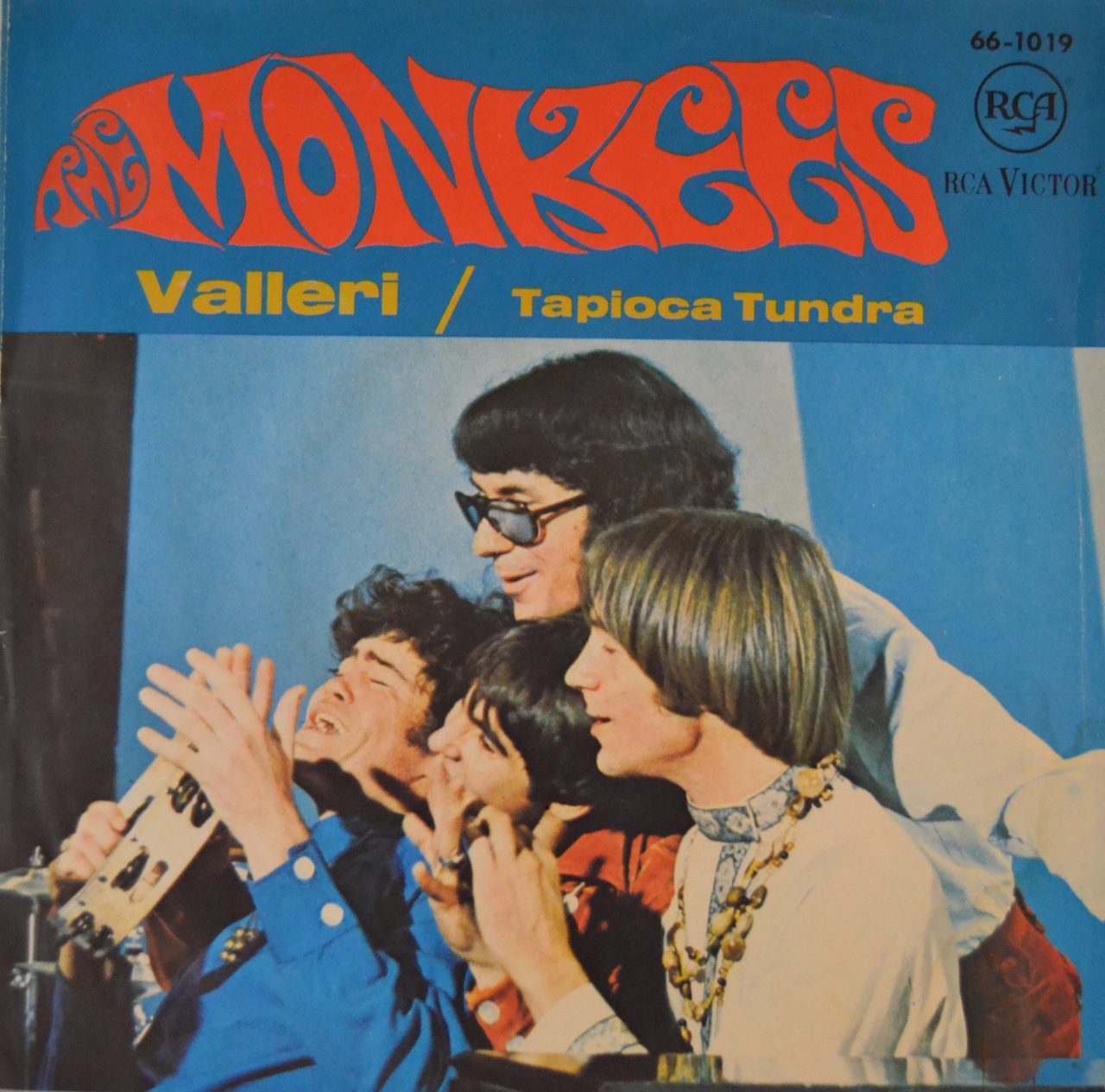
About the Song
The Monkees’ Psychedelic Departure: Unpacking the Surreal Soundscape of Tapioca Tundra
Released in 1968 as the B-side to the hit single “Valleri,” “Tapioca Tundra” stands as one of the most experimental and enigmatic tracks ever recorded by The Monkees—a band often underestimated but never uninteresting. Written by Michael Nesmith, the group’s country-rock visionary, the song showcases a moment where The Monkees truly stretched beyond their “manufactured” TV image and dove deep into the swirling waters of late-’60s psychedelia and poetic abstraction.
At first listen, Tapioca Tundra sounds like a playful, almost nonsensical jaunt. But beneath its whimsical title lies a cleverly crafted piece of art that reflects a group pushing the boundaries of commercial pop. The lyrics, filled with poetic riddles and abstract phrasing, don’t follow a straightforward narrative—instead, they evoke mood, texture, and the disorienting sensation of self-reflection in an ever-changing world.
Lines like “It cannot be a part of me, for now it’s part of you” may read like a Zen koan, but they capture the fleeting nature of fame and identity—something Nesmith, and indeed all four Monkees, were reckoning with as their popularity surged and their artistic ambitions deepened. The band had recently won the right to play their own instruments and produce their own tracks, and Tapioca Tundra was one of the first songs to showcase that newfound creative control.
Musically, the song is a blend of shimmering guitar lines, off-kilter rhythms, and psychedelic flourishes that would have sounded right at home on a Jefferson Airplane or Love album. Nesmith’s vocals are mellow but distant, layered with a sense of introspection and detachment. There’s a haunting calm to the performance—subtle, poetic, and entirely at odds with the bubblegum pop for which the band had been initially known.
Though it wasn’t a chart-topping hit, Tapioca Tundra reached No. 34 on the Billboard Hot 100—a significant achievement for such an avant-garde track. More importantly, it became a fan favorite, treasured by those who saw The Monkees not as puppets of the music industry, but as artists fighting for their own voice in an era defined by change and counterculture.
In hindsight, Tapioca Tundra is more than just a psychedelic oddity—it’s a turning point. It reflects Michael Nesmith’s poetic soul, The Monkees’ determination to be taken seriously, and a time in music history when boundaries were meant to be blurred. It remains one of the most fascinating artifacts in The Monkees’ discography—a beautiful, bizarre tundra of sound where pop met poetry, and commercial icons dared to be something more.